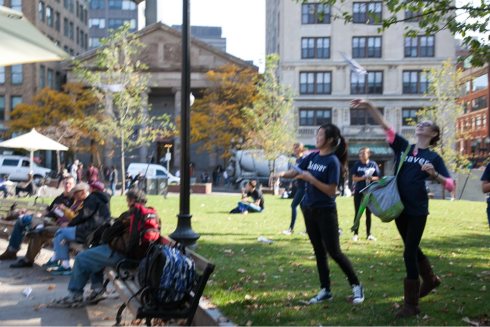 Of course, love belongs in our classrooms. Students learn best from teachers whom they know truly care for them. Teachers gladly go the extra mile for students who demonstrate a passion for a subject. Without working from a place of love, we cannot hope to develop empathetic, global citizens who care for one another. I strive to bring love into my classroom through daily actions, a patient heart, and a clear culture of respect, but I also infuse our curriculum with themes of social justice. The following sites and tools have proven helpful in this pursuit. No tech tool can be a panacea, but these are good places to start. They can help us infuse love for humankind into our daily work with students.
Of course, love belongs in our classrooms. Students learn best from teachers whom they know truly care for them. Teachers gladly go the extra mile for students who demonstrate a passion for a subject. Without working from a place of love, we cannot hope to develop empathetic, global citizens who care for one another. I strive to bring love into my classroom through daily actions, a patient heart, and a clear culture of respect, but I also infuse our curriculum with themes of social justice. The following sites and tools have proven helpful in this pursuit. No tech tool can be a panacea, but these are good places to start. They can help us infuse love for humankind into our daily work with students.
Kiva.org is a microlending site that allows everyday people to loan to other everyday people. Kiva works with microfinance institutions around the globe to ensure that those requesting loans actually receive the funds, and when the loan is repaid, users can either donate the money to another user or take it back.
In my classes, I tell students about the site, ask them to explore the stories, and select people to whom we should donate. I then collect a dollar (now a Euro) donation on a voluntary basis. Some give nothing. Many give more. The money is then “kept in rotation” as it is repaid, and new donations are added to the communal pot.
Kiva is a very concrete way for students to practice empathy and gain experience in directing where their donations go. I look forward to seeing how we can grow our donation pool, and it will be a nice legacy for each group of students to leave for the next year’s students.








